Lesson 13
Describe Solid Shapes Around Us
Warm-up: Notice and Wonder: At the Market (10 minutes)
Narrative
The purpose of this warm-up is to elicit the idea that positional words and names of shapes can be helpful in describing objects, which will be useful when students find and describe solid shapes in their environment in a later activity.
Launch
- Groups of 2
- Display the image.
- “What do you notice? What do you wonder?”
- 1 minute: quiet think time
Activity
- “Discuss your thinking with your partner.”
- 1 minute: partner discussion
- Share and record responses.
Student Facing
What do you notice?
What do you wonder?
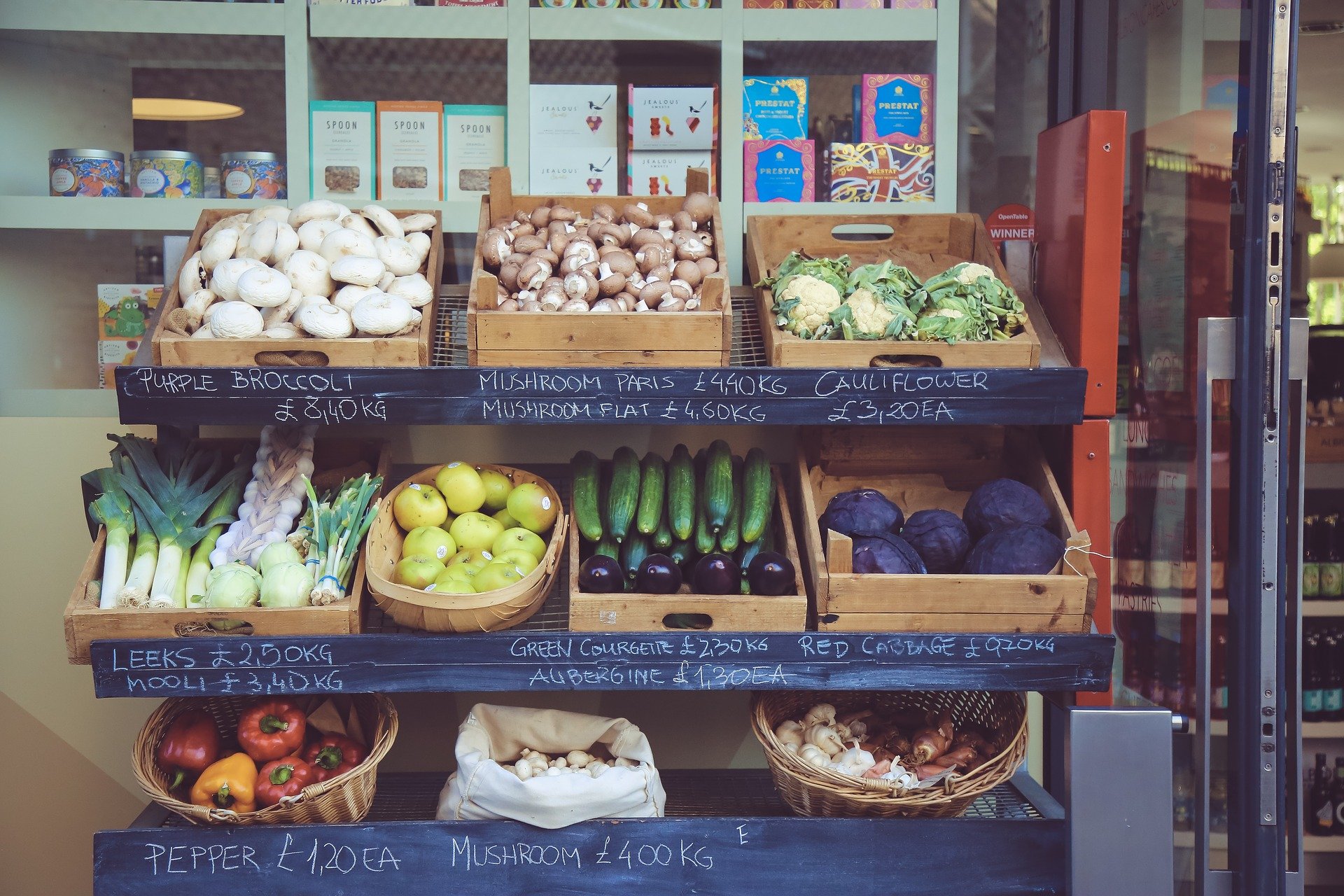
Student Response
For access, consult one of our IM Certified Partners.
Activity Synthesis
- “What kinds of shapes do you see in the picture?”
- “Do you see any objects that look like a sphere? Do you see any objects that look like a cylinder?”
- As students share, prompt them to use positional words to describe the location of the object by asking “Where do you see that?”
Activity 1: Solid Shape Walk (15 minutes)
Narrative
The purpose of this activity is for students to identify and describe solid shapes in their environment (MP4, MP6). The shape walk can occur in many locations, such as a classroom, school, gym, playground, or library. Additional objects may need to be added to the environment to ensure that there are examples of a variety of solid shapes. Students may identify objects that are not exact examples of solid shapes. If this happens, consider acknowledging similarities between the shapes (“This shape has a point like a cone, but it is not a cone.”). Students use their own language to describe the solid shapes and are not required to use names of solid shapes. As students identify solid shapes, encourage students to describe the location of the object using positional words such as above, below, beside, and next to.
Advances: Listening, Representing
Supports accessibility for: Organization, Memory
Required Materials
Materials to Gather
Launch
- Groups of 2
- Give students access to solid shapes.
- “Choose 2 solid shapes.”
- 30 seconds: independent work time
Activity
- “We are going to go for a walk. Your job is to look for objects that look like your solid shapes. Tell your partner about the shapes you find.”
- 10 minutes: shape walk
- Monitor for students who use positional words to describe the location of shapes.
- “Tell your partner about your favorite object. Where did you see it?”
- 30 seconds: quiet think time
- 1 minute: partner discussion
- Share responses.
Student Facing
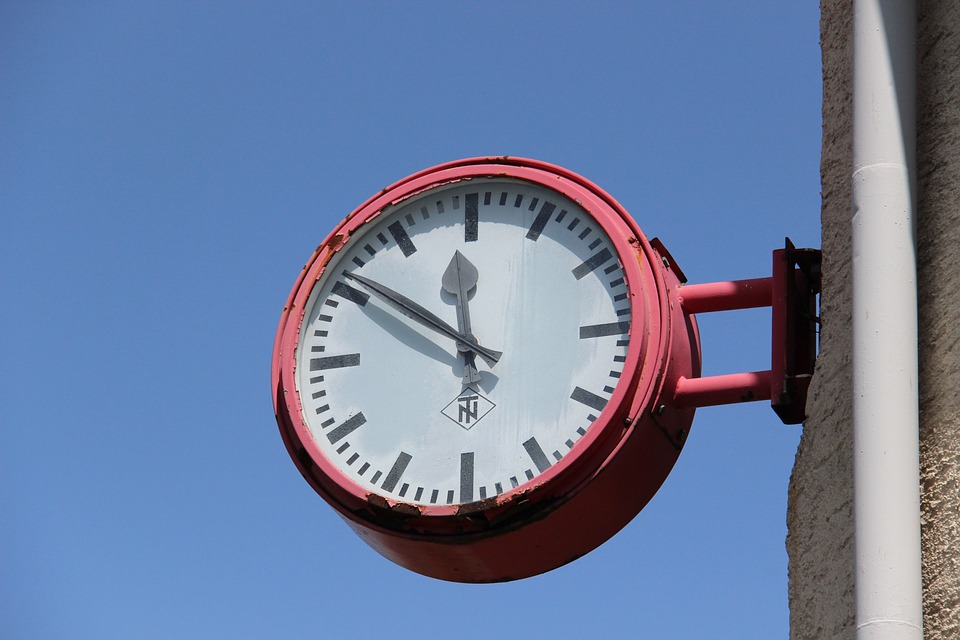
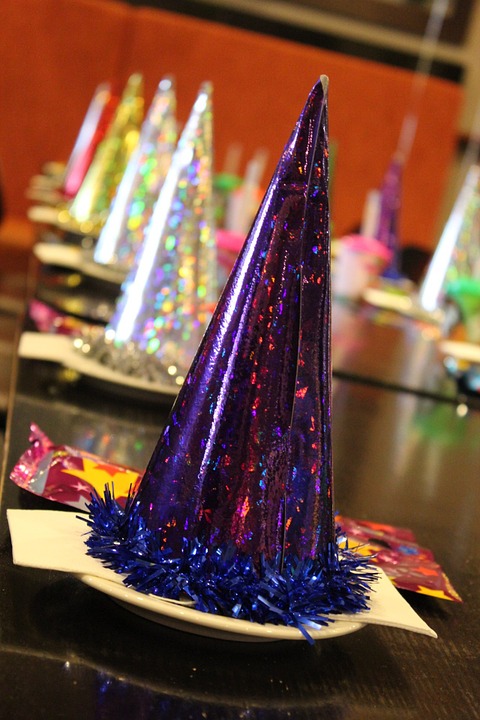
Student Response
For access, consult one of our IM Certified Partners.
Activity Synthesis
- Invite students who used positional words to describe the location of shapes to share.
- “____ saw a round light bulb below the lamp shade. It looked like a sphere.”
- “_____ saw a book on the bookshelf. It looked like a box.”
- Display image:

- “Which shape does this clock look like?” (Students say “cylinder” or hold up a cylinder.)
- Display image:

- “Which shape does this party hat look like?” (Students say “cone” or pick up a cone.)
- “In the next activity, we are going to use clay to make shapes that show the objects we saw.”
Activity 2: Make Shapes in the World (10 minutes)
Narrative
Required Materials
Materials to Gather
Launch
- Groups of 2
- Give each student a piece of clay. Give students access to solid shapes.
Activity
- “I saw a basketball on our walk. If I made it out of clay, which shape would it look like?” (Students point to the sphere or describe it.)
- 30 seconds: quiet think time
- Share responses.
- “Pick one object that you saw on our shape walk. Choose the shape that the object is.”
- 30 seconds: independent work time
- “Use your clay to make the shape.”
- 2 minutes: independent work time
Student Response
For access, consult one of our IM Certified Partners.
Activity Synthesis
- Invite selected students to share the shapes they built.
- As each student shares, ask the class to point to the solid shape that most looks like the object they built.
- “Did anyone else see an object that looked like this shape?”
Activity 3: Centers: Choice Time (20 minutes)
Narrative
The purpose of this activity is for students to choose from activities that offer practice with number and shape concepts.
Students choose from any stage of previously introduced centers.
- Build Shapes
- Geoblocks
- Counting Collections
- Match Mine
- Shake and Spill
Required Materials
Materials to Gather
Required Preparation
- Gather materials from:
- Build Shapes, Stages 1-3
- Geoblocks, Stages 1-4
- Counting Collections, Stage 1
- Match Mine, Stage 1
- Shake and Spill, Stages 1-4
Launch
- “Today we are going to choose from centers we have already learned.”
- Display the center choices in the student book.
- “Think about what you would like to do first.”
- 30 seconds: quiet think time
Activity
- Invite students to work at the center of their choice.
- 8 minutes: center work time
- “Choose what you would like to do next.”
- 8 minutes: center work time
Student Facing
Choose a center.
Build Shapes
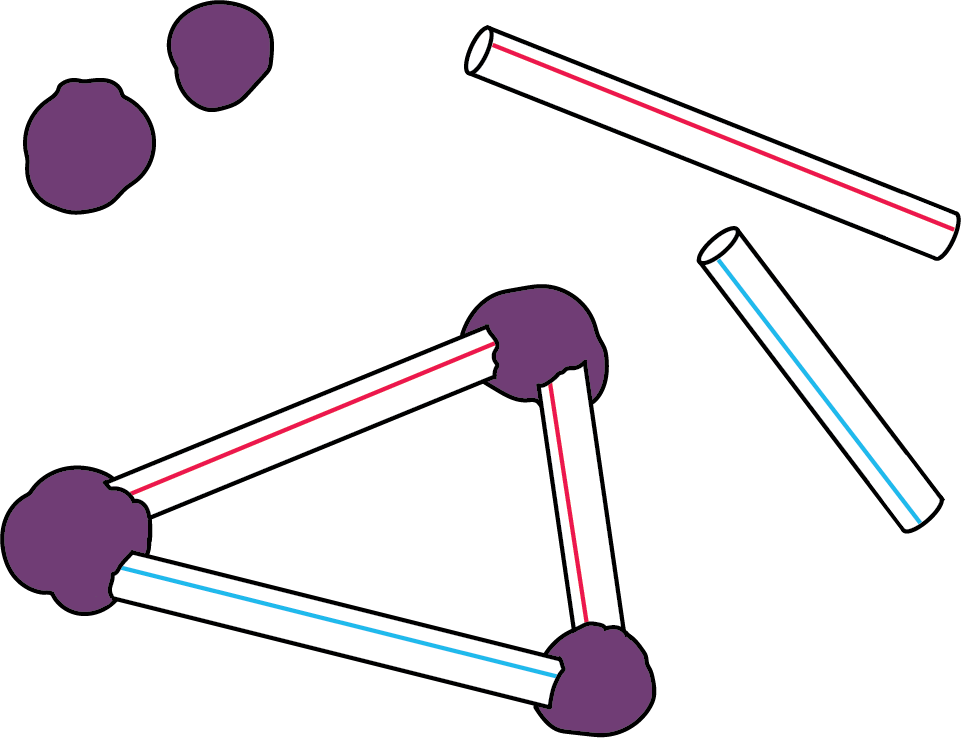
Geoblocks
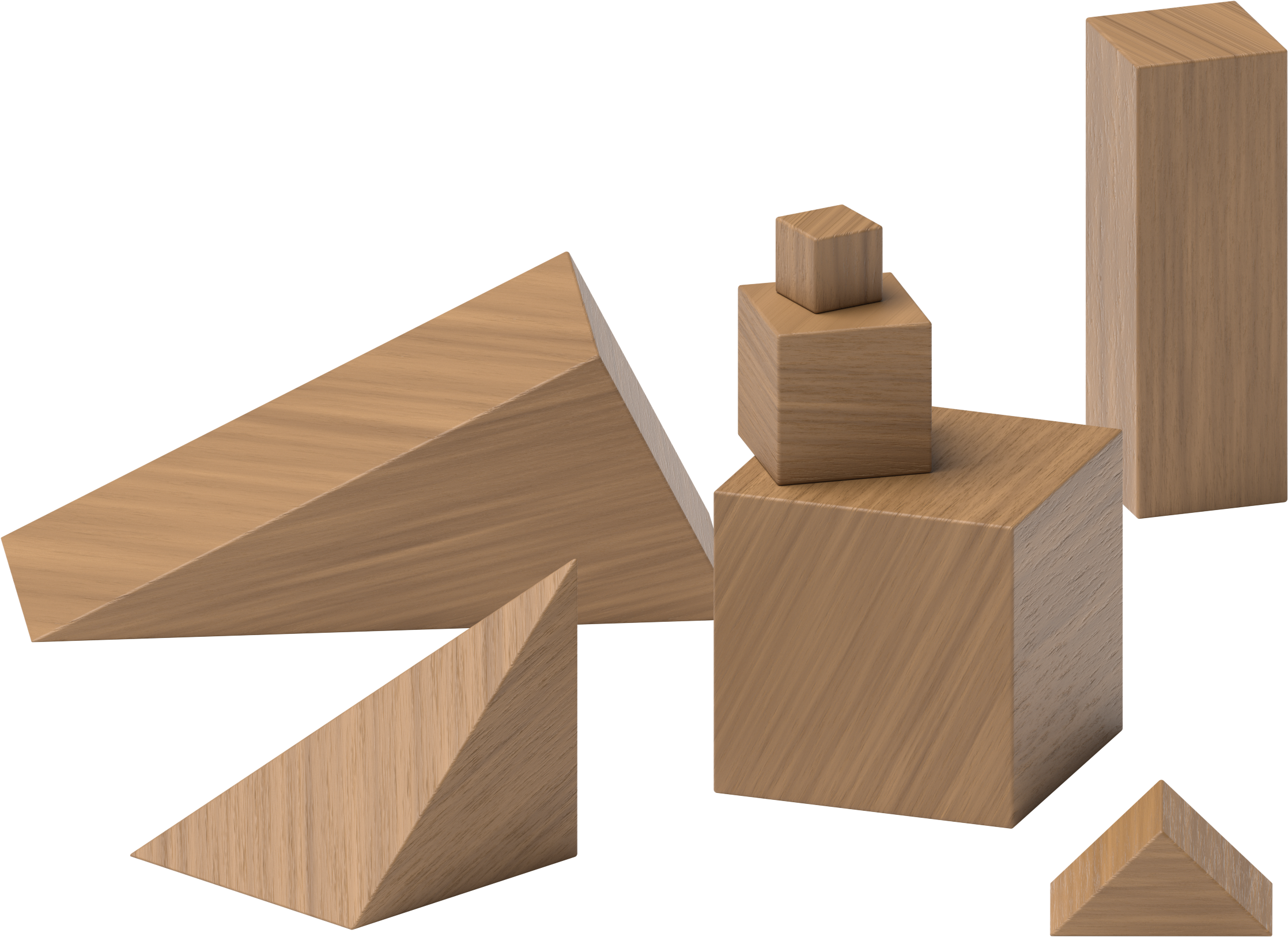
Counting Collections
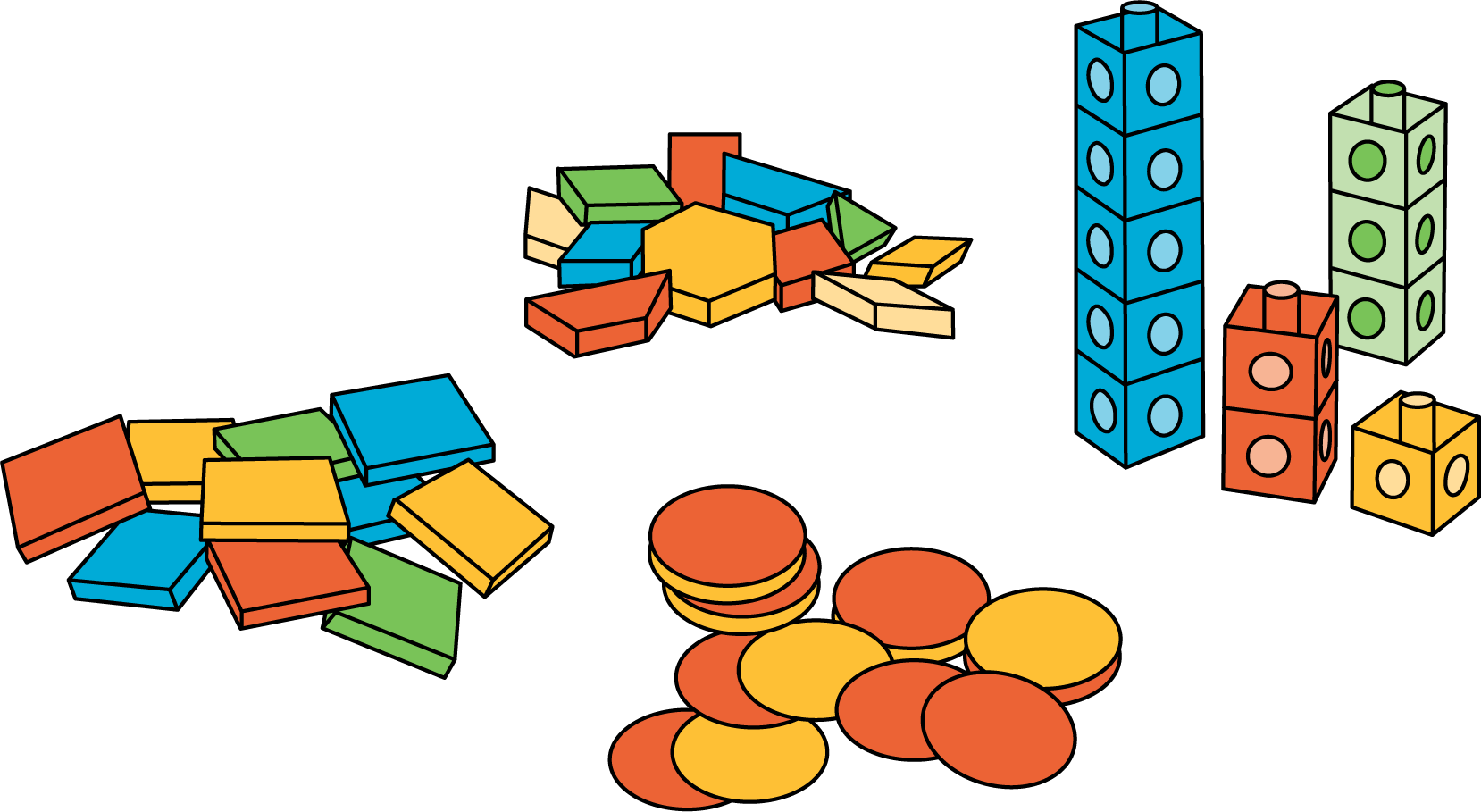
Match Mine

Shake and Spill

Activity Synthesis
- Display a cylinder.
- “Do you think you could build a rocket ship with this cylinder? Which other shapes would you need?”
Lesson Synthesis
Lesson Synthesis
“Today we looked around us for objects that look like solid shapes.”
“What are some solid shapes that you can find at home?” (Sample responses: pieces of fruit like oranges or grapes, balls, boxes, cans)
Share and record responses.
Display a cube.
“What are some objects that look like cubes that you can find at home?” (Sample responses: tissue box, number cube, box)
Share and record responses.
Cool-down: Unit 7, Section B Checkpoint (0 minutes)
Cool-Down
For access, consult one of our IM Certified Partners.